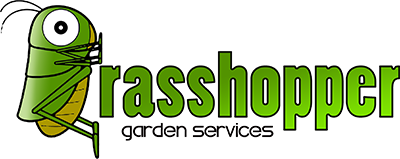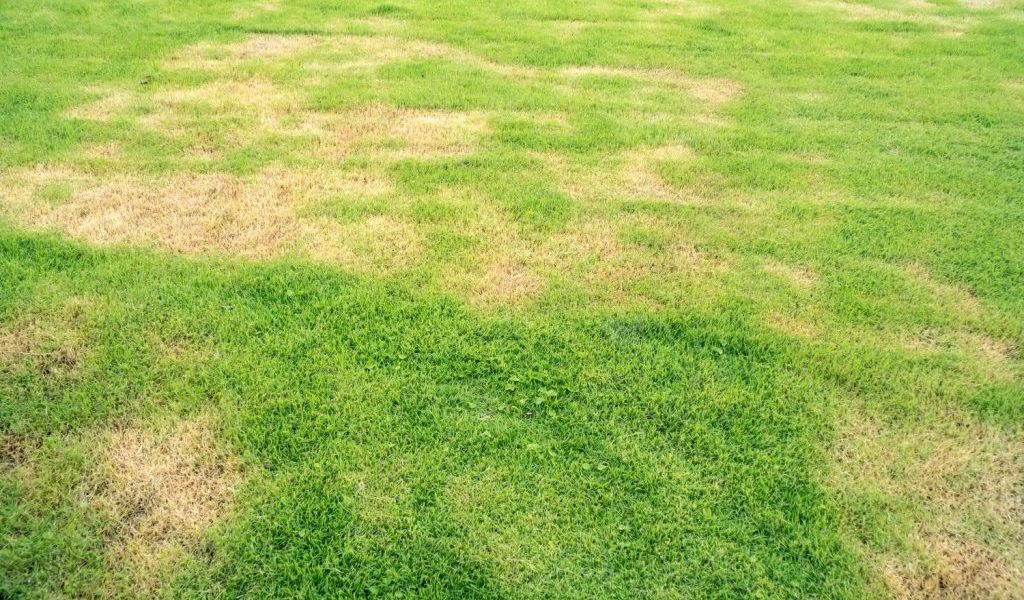There are many kinds of pests that live in lawns. Some can be spotted easily while others are too small to be seen. Most turf pests do little damage to the plant and can be tolerated in the lawn, but occasionally they can become troublesome, cause injury to the grass and become a major problem.
Luckily, with the climate we have here in England, insect damage is usually limited to sporadic, occasional problems. Some of the damage symptoms that insects and pests can cause to the lawn are very similar to those caused by diseases, so it is very important to diagnose the problem correctly before treatment. The best and most simple method to determine the cause is careful observation. In most cases where the lawn has been damaged enough to be noticeable, the organism can be easily seen on or near the surface. We will go over a few types of pest and the symptoms, and how to control those problems.
The grubs of some insect species survive just under the surface of the leaves and feed on roots, stems and crowns of grass. Worst case, the grass attacked by these grubs can be extensive, causing the death of large areas of turf.
Leatherjackets are the grubs of the crane-fly (or known as long-legged spiders). They are perhaps the most common lawn pest.
Symptoms – The grey/brown larvae grow up to 5cm long, live in the soil below the surface and feed on grass roots, stems and sometimes leaves. Most damage occurs on young plants in spring, but they may also develop in autumn. The affected grass plants usually turn yellow, wilt and then die. High population in lawns cause yellow patches during dry weather and affected areas may also develop more damage from birds tearing the soil to catch the leatherjackets.
Chafer grubs, also known as white grubs, can live in the soil. Both larvae and adults can attack grass.
Symptoms – C-shaped, soft and white larvae up to 40mm long with a brown head and six legs on the upper part of the body, feed on the roots, stems and sometimes leaves of the grass. The grass may appear yellow or brown before wilting and dying. During dry weather, brown withered turf can be spotted and the grub can be found if the turf is lifted. The symptoms are similar to those found with leatherjackets.
Frit fly are not a common pest of turf grasses but it can become a problem. The frit fly larvae are 3-4mm long, yellow or brown in colour with black, curved mouth hooks.
Symptoms – The larvae are grubs that can affect the growth of the grass plant. Under severe attacks the plant will die. Where the lawn is regularly mown, attack will be limited because the larvae prefer grass plants that are developed fully.
As many of the insecticides used to control grub problems have been banned from use for being too polluting and dangerous, there is very little you can do to control insect grubs. It is advised that you contact your local garden center for advice on what is currently on the market and available to control the problems, or look online for results. We mainly recommend hiring a local professional to advise and assist with the problem.

